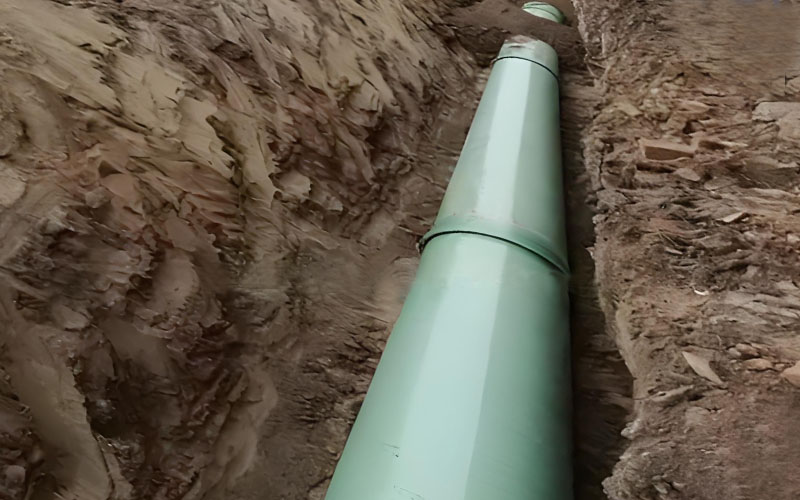FRP (Fiber Reinforced Plastic) pipes and GRP (Glass Reinforced Plastic) pipes are both types of composite pipes. These two terms are often used interchangeably in the industry, which can easily cause confusion. Let’s look at the differences between FRP and GRP pipes to help choose the right material for a specific application.

1. Terminology:
FRP (Fiber Reinforced Plastic):
FRP is a broad term for any composite material made of a polymer matrix (such as polyester, vinyl ester or epoxy resin) reinforced with fibers (such as glass fiber, basalt fiber, carbon fiber, etc.). The choice of resin can affect the pipe's chemical resistance, mechanical properties, and thermal stability.
GRP (Glass Reinforced Plastic):
GRP is essentially the same as FRP, but is more commonly used in Europe and some other regions. The "glass" in GRP refers specifically to the glass fiber reinforcement used in the composite. GRP is often used synonymously with FRP, especially when the reinforcement is glass fiber.GRP pipes are made specifically with glass fibers and a polymer matrix, which is typically a thermosetting resin like polyester or vinyl ester. In practice, GRP pipes are essentially a subset of FRP pipes, where the term GRP is used to emphasize the use of glass fibers.
2. Mechanical Properties:
Strength and Stiffness:
Both FRP and GRP pipes are known for their high strength-to-weight ratio, which makes them strong yet lightweight. The specific mechanical properties can vary depending on the type of resin and the glass fiber content.
3. Corrosion Resistance:
Chemical Resistance:
Both FRP and GRP pipes are highly resistant to corrosion, making them suitable for applications involving harsh chemicals, water, and other corrosive environments. The specific resistance depends on the type of resin used in the composite. For example, vinyl ester resins provide better chemical resistance than polyester resins.
4. Applications:
FRP pipes and GRP pipes are used across a broad range of industries, including chemical processing, wastewater treatment, and industrial piping systems. They are chosen for applications that require resistance to corrosion, lightweight, and durability.
Fiber Reinforced Plastic and Glass Reinforced Plastic pipes are essentially the same in many respects, with the terms often used interchangeably to describe composite pipes made from glass fibers and a polymer resin matrix. The primary difference lies in the terminology: FRP is a broader term that includes any fiber-reinforced plastic, while GRP specifically refers to those reinforced with glass fibers. Both types of pipes offer excellent corrosion resistance, high strength-to-weight ratios, and are suitable for a wide range of industrial, marine, and infrastructure applications.